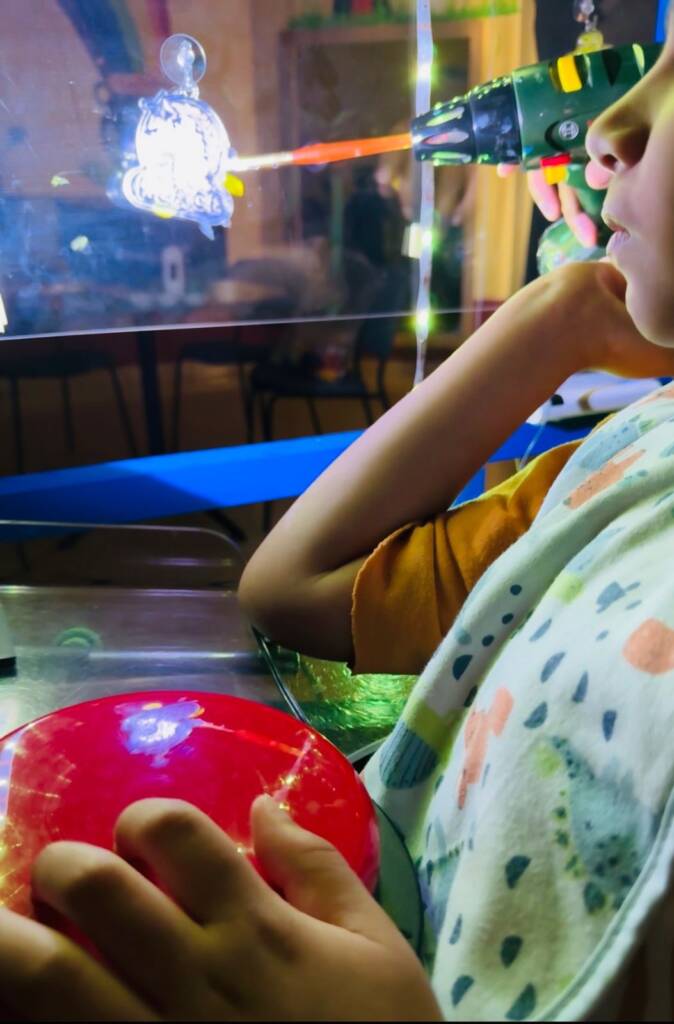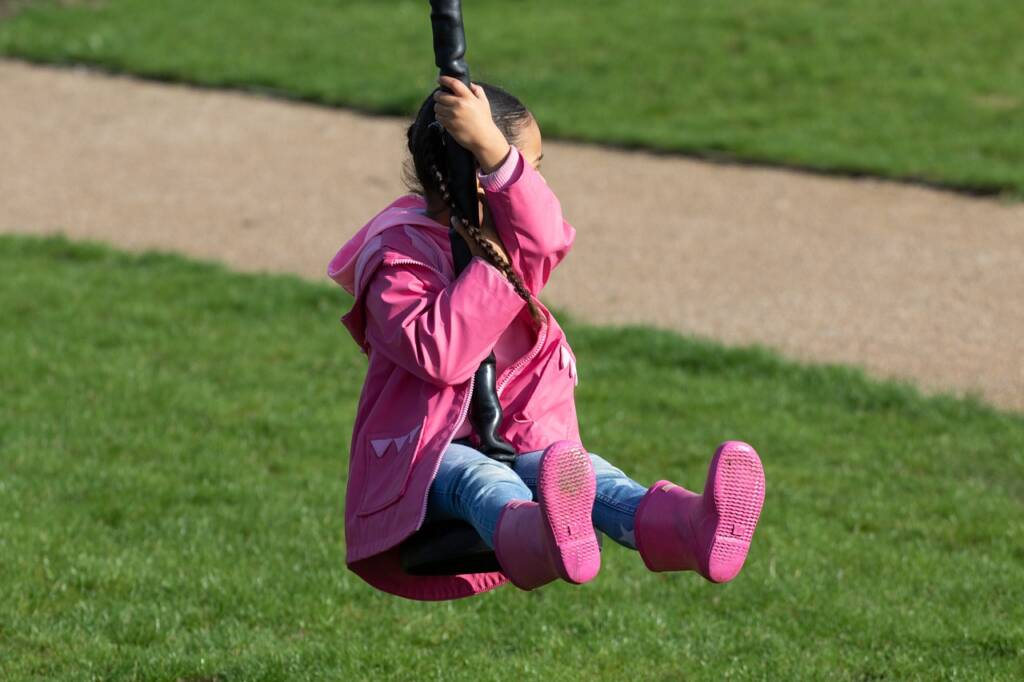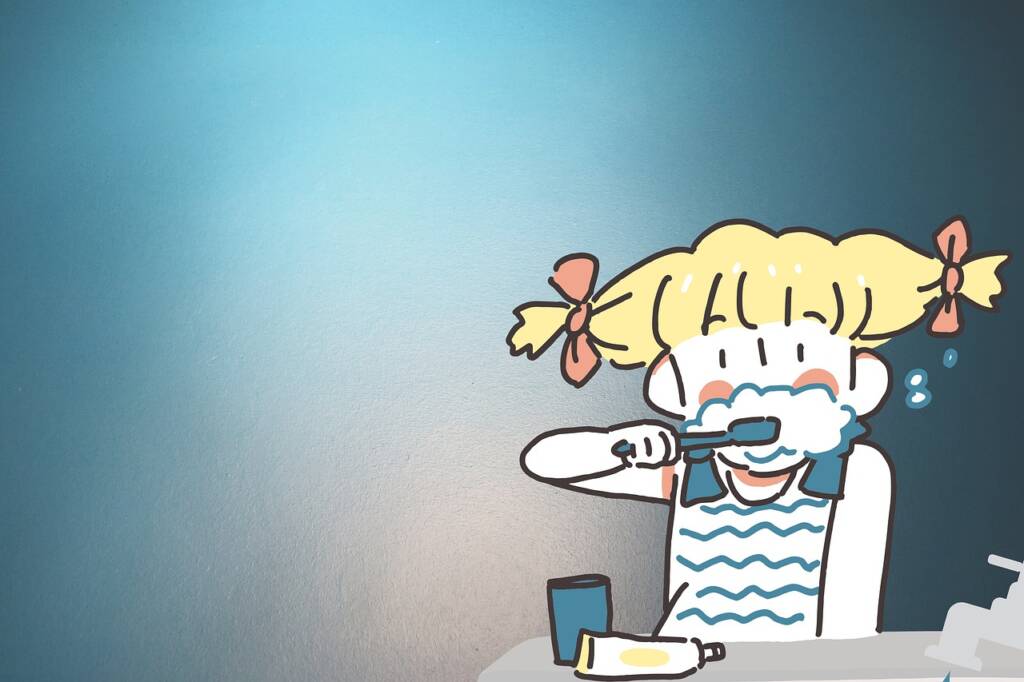By: Megan Mogan, MS, CCC-SLP and Sheryl Katzen, TVI
Arizona State School for the Deaf and Blind, Tucson Campus
- Why Adapt Adapted Literacy?
- Introducing the Adapted Literacy Framework
- Example of Adapted Literacy Framework: The Ant and the Grasshopper
- Another Example of the Adapted Literacy Framework: Worms
- A Step-by-Step Guide to Creating Your Own Adapted Adapted Literacy Program
Why Adapt Adapted Literacy?
Over the years, you may have noticed a shift in the population of students you serve as TVIs, Speech Therapists, Orientation and Mobility Specialists, etc. Public and Special school settings increasingly serve students who have visual impairments along with intellectual disabilities or autism spectrum disorders. Like many other characteristics of their diagnoses, these students have language and literacy skills that fall across a “spectrum.” Some can read braille fluently but have no comprehension of the information. Others have tactile defensiveness and don’t even want to come into contact with braille. Many are visibly dissatisfied with story content that has nothing to do with them!
We noticed a lot of adapted literacy resources in our school library and on the Internet. We quickly realized that our students required adapted adapted literacy! No two VI students with an Autism Spectrum Disorder or Mild Intellectual Disability are the same, and we felt this should be reflected in their early language and literacy instruction.
Introducing the Adapted Literacy Framework
We developed an adapted literacy framework that accounts for each individual student’s interests and background experiences. This framework serves as a lesson plan when adapting selections from our school’s reading curriculum. Results include meaningful and interesting stories co-written using the student’s preferred literacy mode. Over the course of the school year our students have created a library of adapted stories, fables, poems, folktales, plays, and chants that include familiar characters (themselves), settings (their school, their homes, their favorite stores and restaurants), topics (music, pizza, the mall, etc.). Students can now share their work independently as they demonstrate mastery of their IEP goals and objectives:
- Answering comprehension questions
- Sequencing
- Sight word identification
- Phonological Awareness
- Staying on a shared topic
- Answering questions about someone else
- Tracking
- Matching tactual symbols with language
- Developing social skills
- Understanding basic concepts
- Touching varied textures
Example of Adapted Literacy Framework: The Ant and The Grasshopper
The assignment for the class was the traditional Aesop Fable: The Ant and The Grasshopper.
We quickly realized that it would be difficult for our students to grasp in its given form, so we began by filling out the Adapted Literacy Framework, which can be viewed here. After brainstorming which adaptations might be best for our students using this tool, we then modified it accordingly. The result is the following version:
Once upon a time, there was a boy named Andrew and a boy named Matthew.
Andrew liked to work in class. He liked to read the words “the, my, to, and.”
Matthew liked to ask silly and gross questions like “Do you want to put your mouth on the road?” Ewwwww.
One day, Matthew asked Andrew to read the words to a Bon Jovi song.
Andrew said he was busy working in class reading the sentences “The cat is on the mat.” And “The dog is wet.”
Matthew wanted to be silly. He also wanted to read the words to the Bon Jovi song.
He told Andrew he would work in class first, and be silly and gross in Ms. Deb’s room later.
Andrew and Matthew read the words, “Shot through the heart. And you’re to blame. You give love, a bad name.” They were both happy.
Matthew learned he could work in class FIRST, and be silly and gross and think about stinky armpit water and stinky pool water in Ms. Deb’s room LATER.
The End
Another Example of the Adapted Literacy Framework: Worms
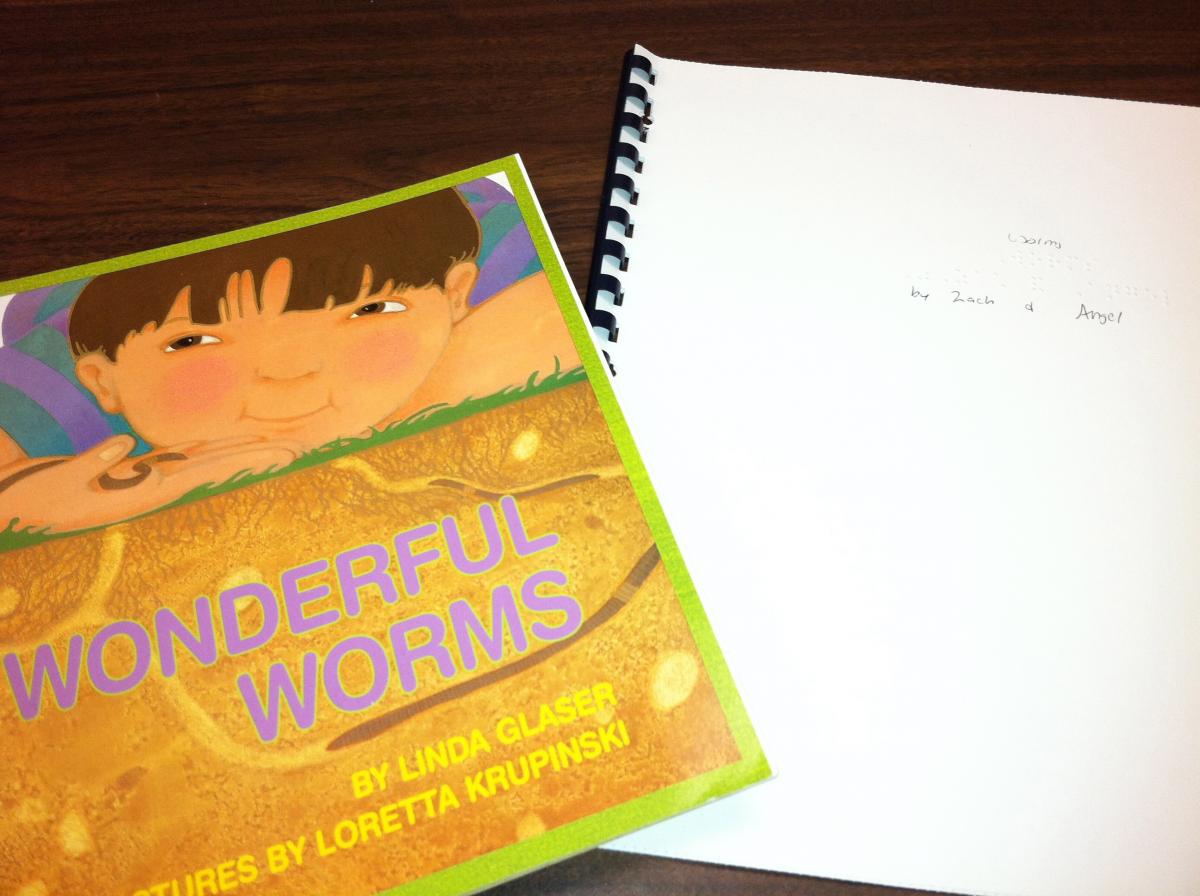
In the second example, the book to be adapted was Wonderful Worms. There were 3 general goals in this story: 1) Language: Use of the negative form “Do not.” 2) Sight word identification through patterned text 3) Learning new information from a non-fiction text. By giving the students control of the content, it included an emphasis on the bodily functions of the worm, but this still met our literacy goals encouraging the students to create their own stories. Even though we would not have chosen the focus they chose, this turned out to be a learning experience from a scientific point of view, as well as literacy, as evidenced by the use of a pool noodle to demonstrate the digestive track of a worm. Another fun activity that accompanied this book was making Disgusting Dirt Snacks. See our recipe here and try it yourselves!
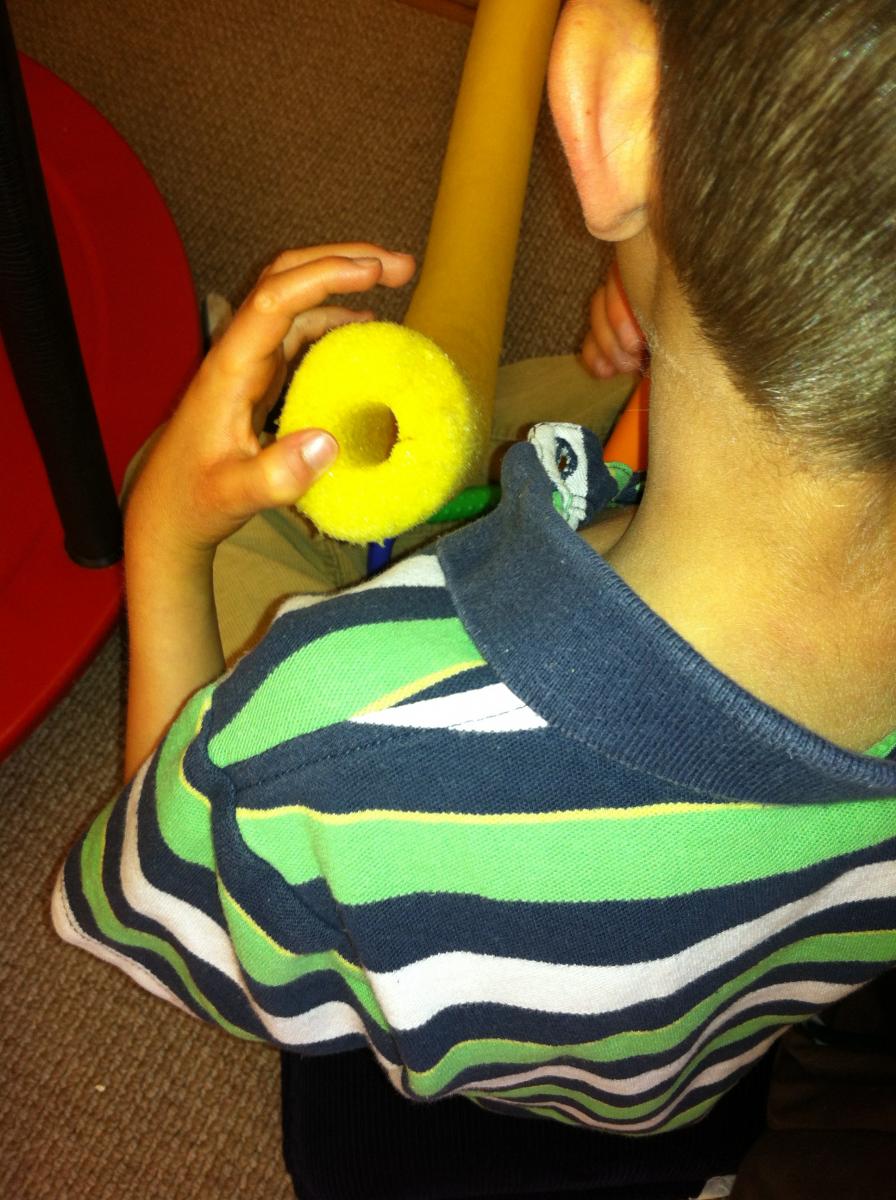
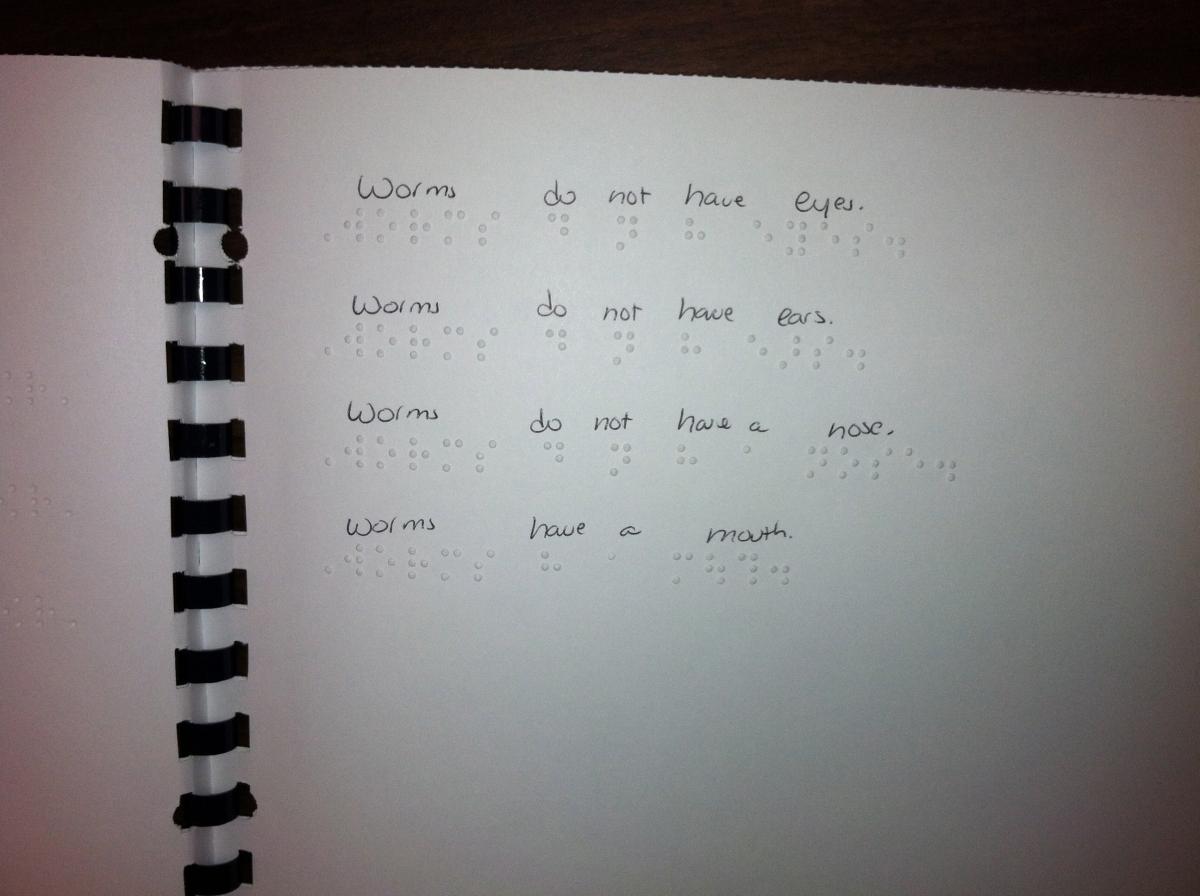
A Step-by-Step Guide to Creating Your Own Adapted Adapted Literacy Program
1. Pre-Planning
The video clip has our female student on a glider during “Free Play.” Megan and the student are discussing character and setting possibilities for our next story. This was a side conversation that a visiting professor happened to capture. This was discussed prior to knowing what our real story was going to be. What I like about this clip is that our students are talking about stories in their free time. They have topics that they can share with each other or with staff members.
2. Original Literature
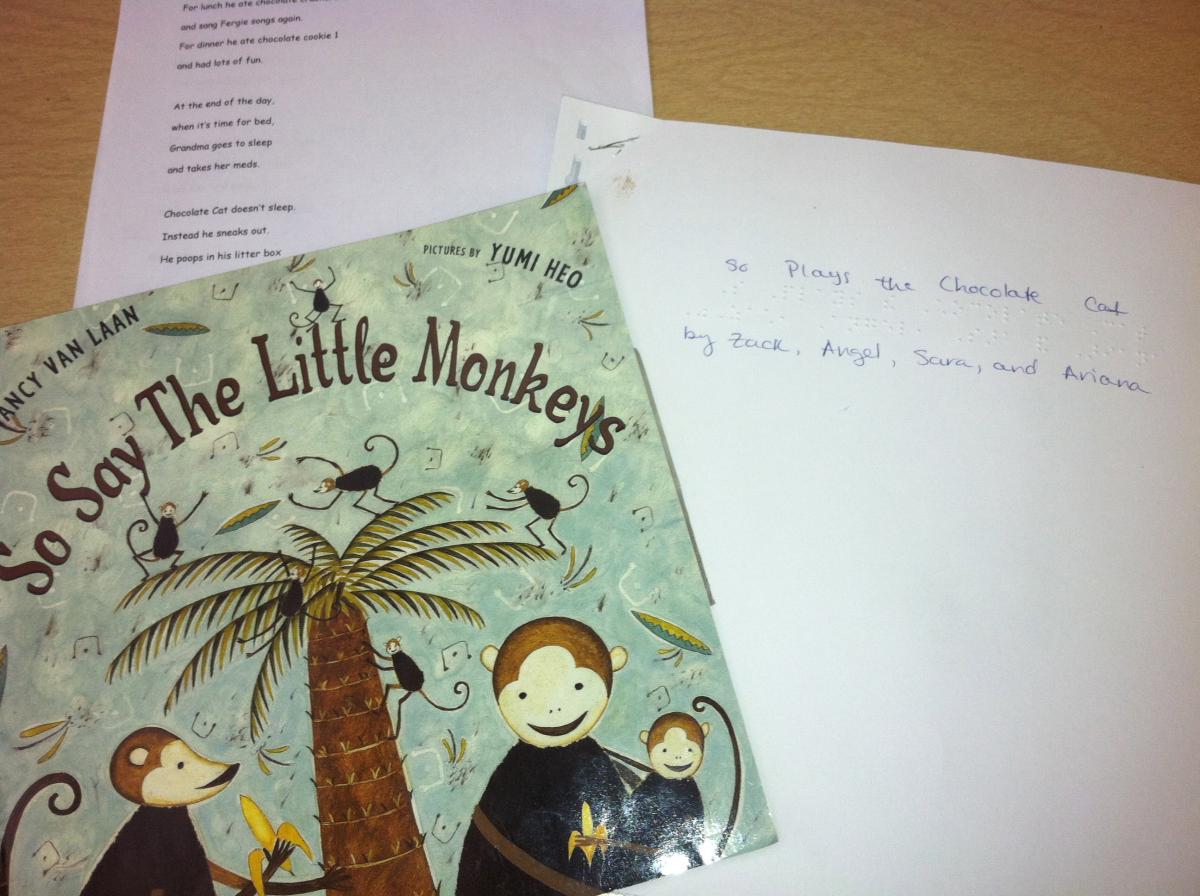
Sheryl and I met before the session to review the new story “So Say the Little Monkeys” by Nancy Van Laan. We agreed (through the framework) that our students could practice generating rhyming words and a basic temporal sequence through meals such as breakfast, lunch, or dinner. We also knew that our students liked the idea of a cat character. Of course we’ve known all along our students love foods involving chocolate as well as disgusting topics (perhaps a kitty litter box?). Let the writing begin.
3. Writing Process
This clip contains some highlights of a group session, where we co-write parts of our own story based on the main idea of the original piece of literature. Goals are infused in a primarily teacher-directed conversation about our new story. While the conversation is teacher-directed, the topics and details are student-motivated. These seemingly strange and minute details carry important meaning and background for our students, and allow them to attend to other important details: language and literacy concepts!
4. Writing — The Finished Product!
This is the text version of our adapted-adapted story “So Plays the Chocolate Cat.” All of our stories are transcribed into contracted braille. Each student receives their own bound braille copy of the story. The story content may seem strange from an outside perspective, but it holds true to the temporal sequence of the original story. What’s more important is that our students attend to it, remember it, and learn from it.
5. Illustrating
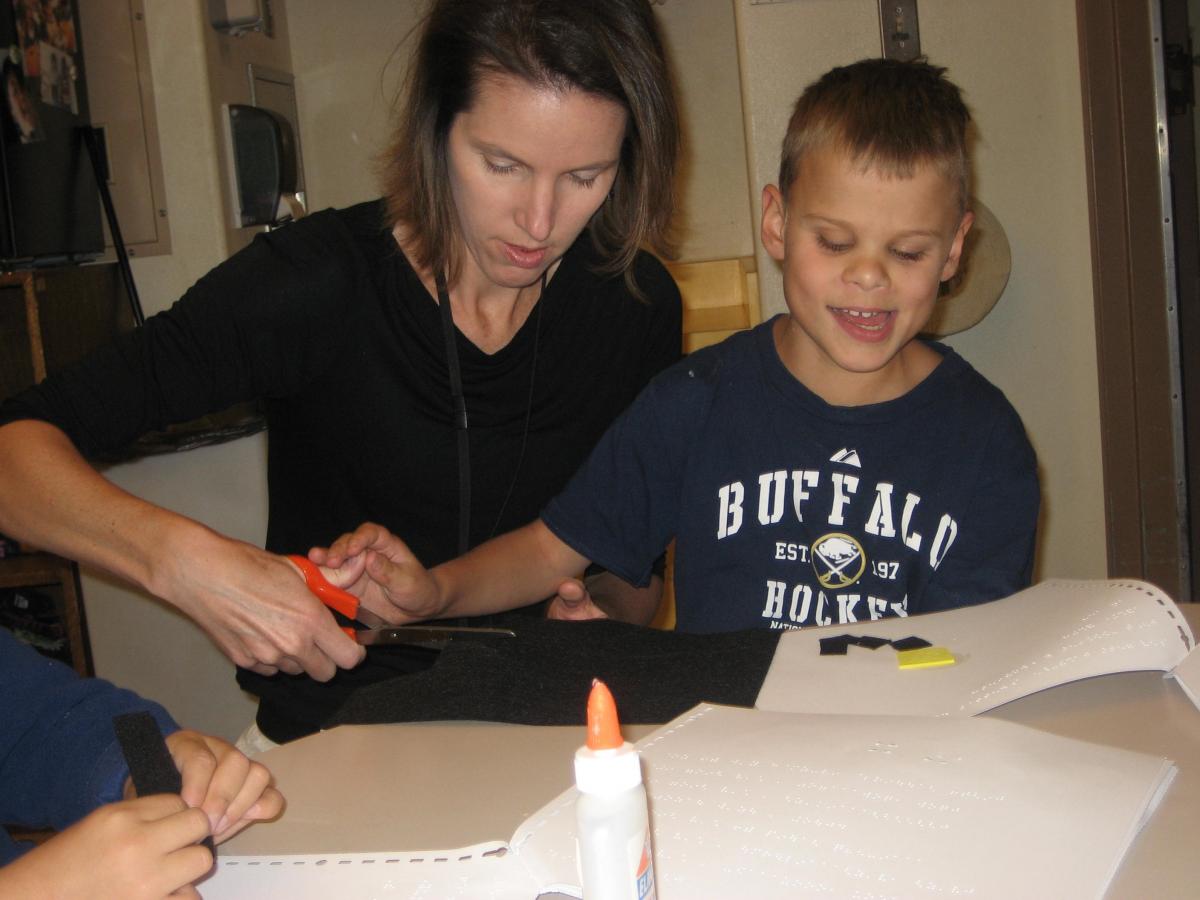
Once our words have been turned into pages of a book, we are ready for an equally important step in the process – Illustrations! Special attention is paid to concrete illustrations that help build meaning for the accompanying language within each story. Illustrations are co-created and help build our pre-Braille students’ tactual discrimination skills. For our story “Chocolate Cat,” our illustrations helped build number concepts (least vs. most), and provided important tactual cues regarding the sequence in our story. Of course our students’ favorite illustration was of “kitty litter.”
6. Reading Aloud:
Student 1: This is a student who had some issues with tactile sensitivity in the past. This clip highlights just a few skills he has gained during adapted-adapted literacy instruction. Once he had a connection to the story content, he did not rely heavily on verbal cues for skills such as searching a page for an answer, page-turning, identifying his own name in braille, and answering direct questions.
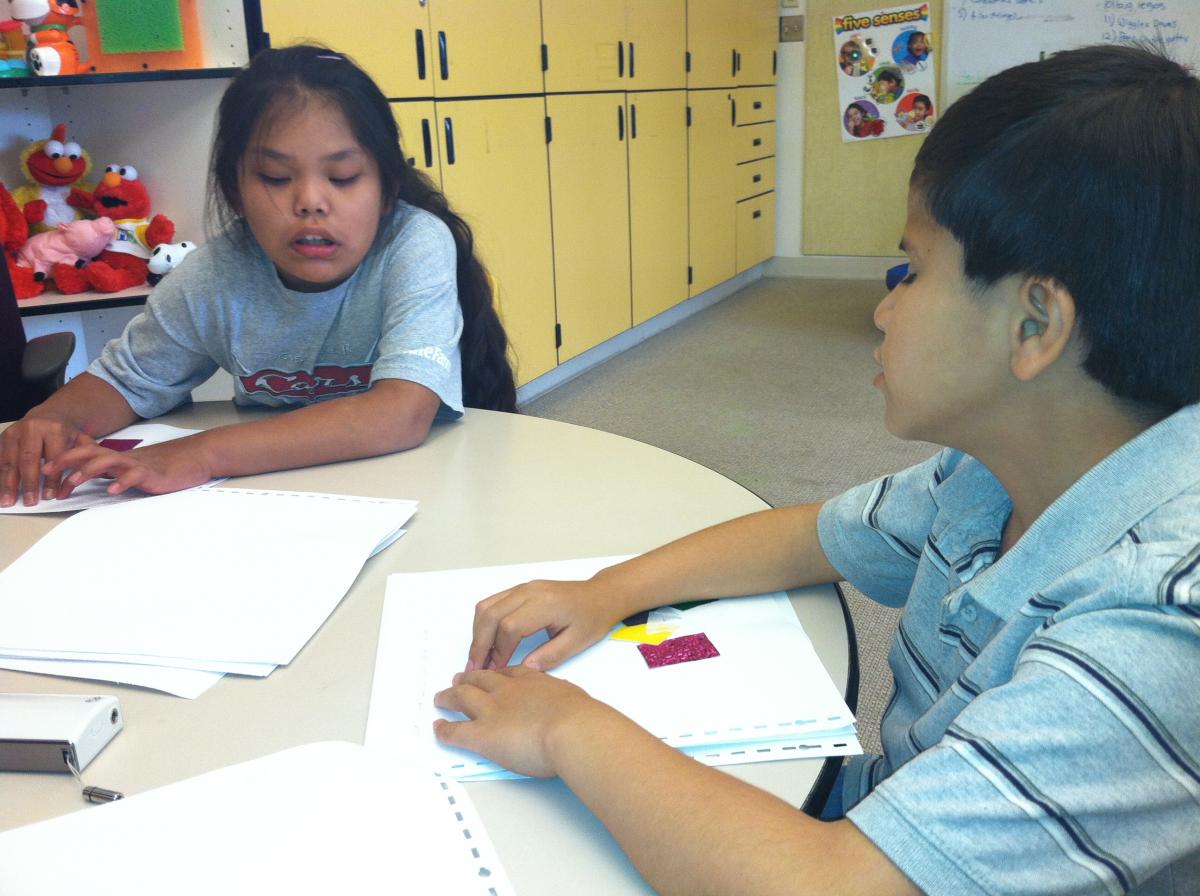
7. Performing
After reading our braille and tactual stories, we had a special visitor in the form of our retired music teacher, John Corrin, who happened to be a substitute teacher for the classroom next door. After explaining we had just finished writing a story about “Chocolate Cat,” our music teacher Mr. Corrin agreed to put it to music. We could not have been more pleased to end our week in song!

